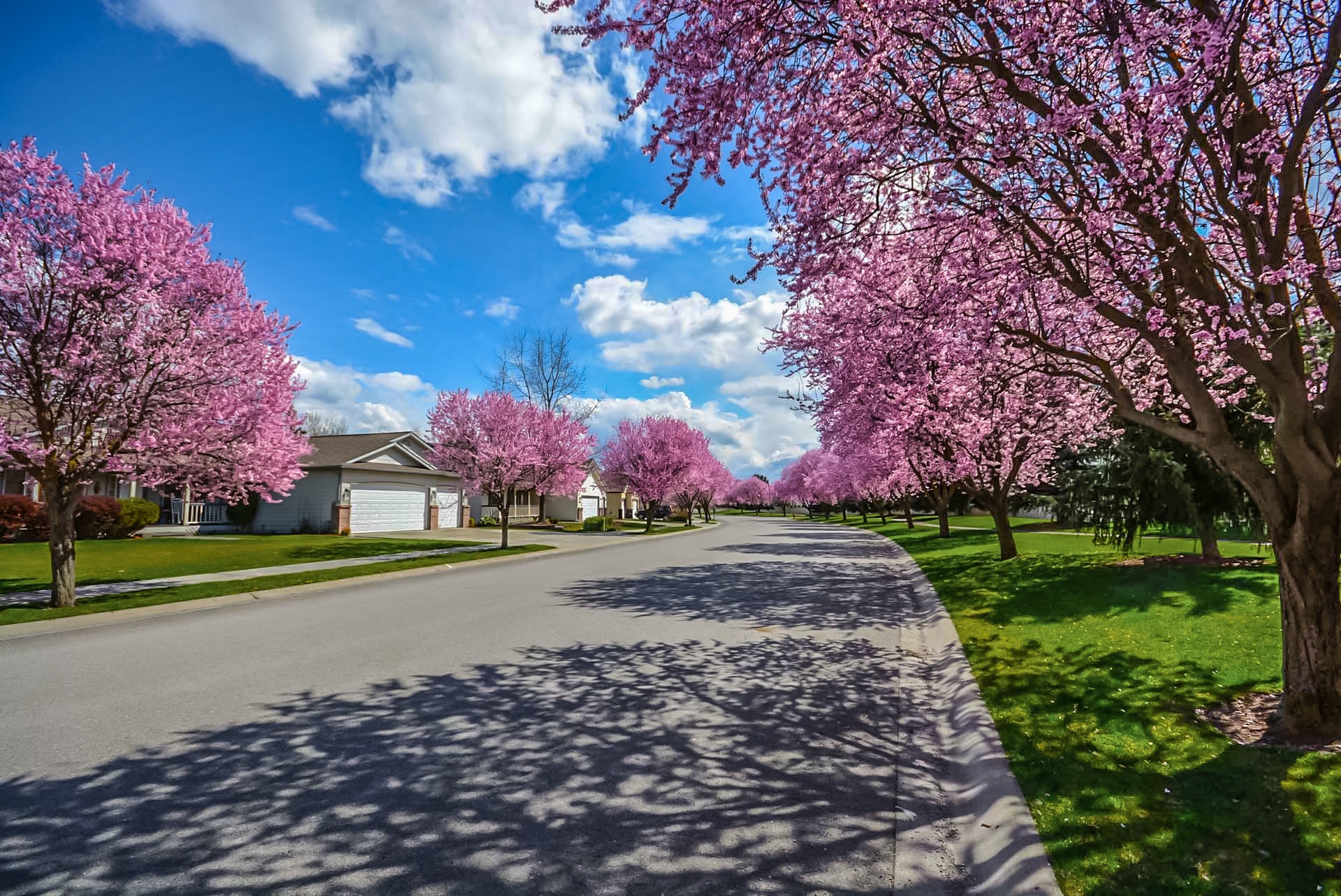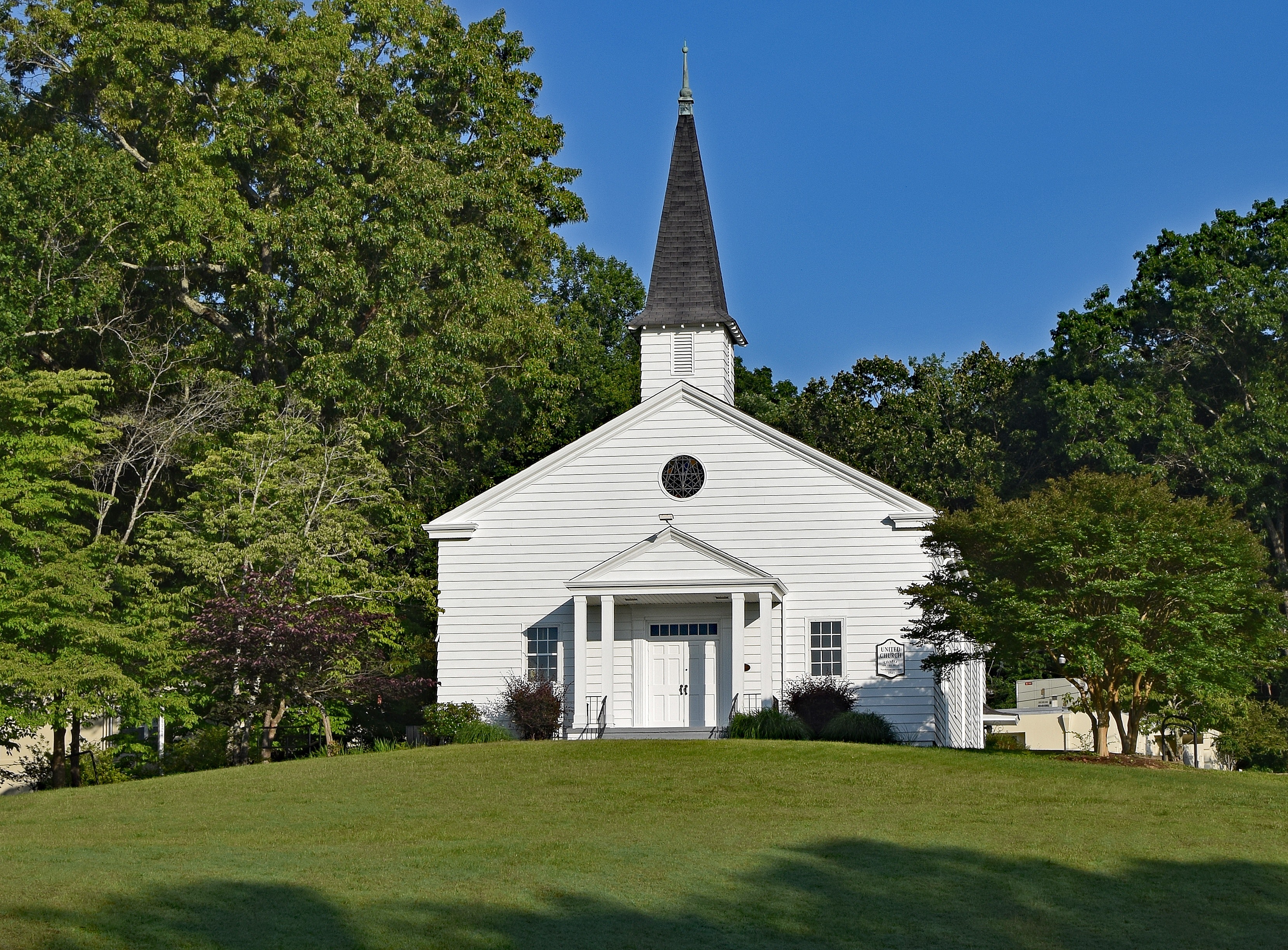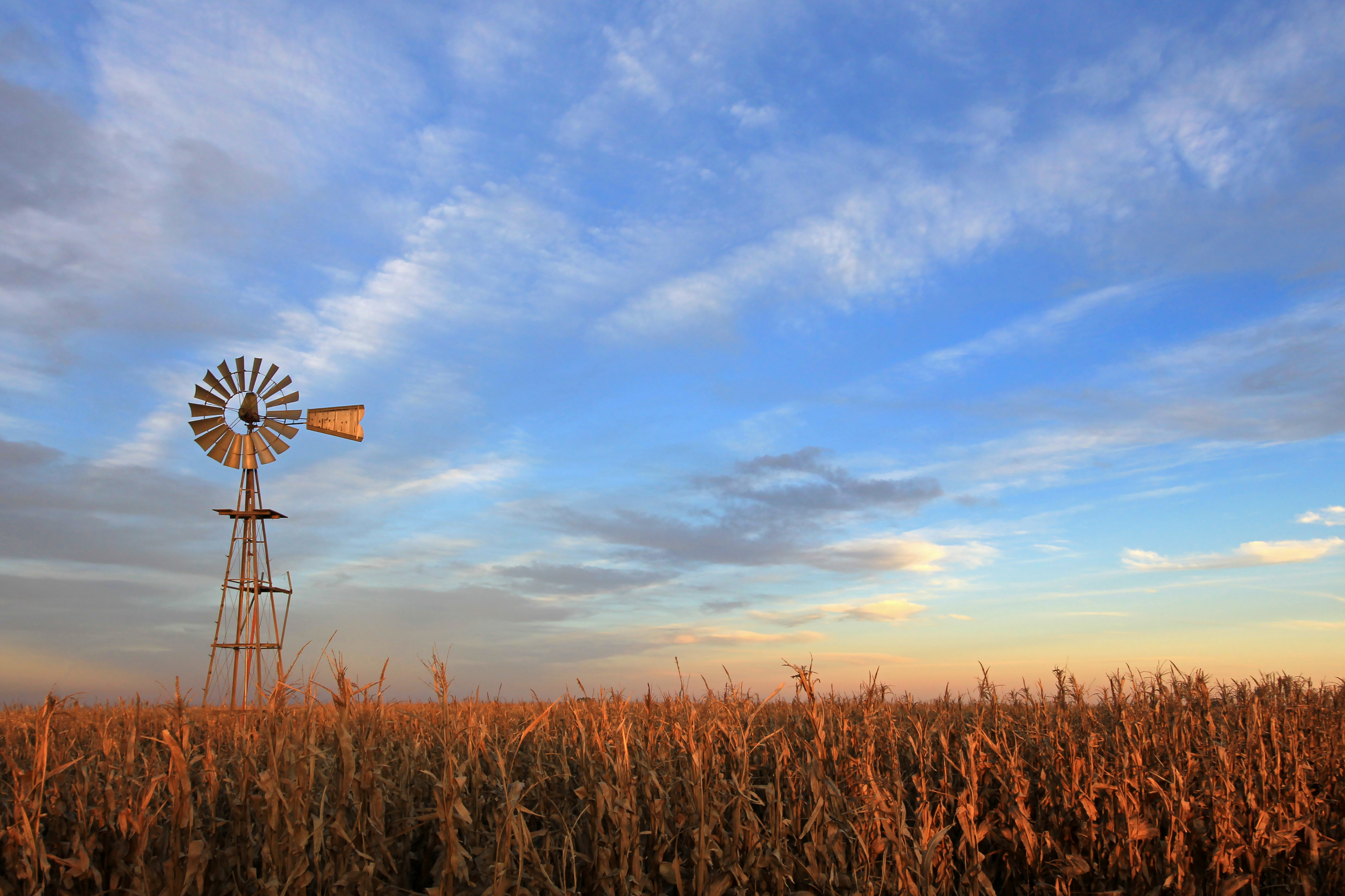Community Snapshot
Counties in the African American South stretch in a belt that runs from Virginia down through Texas.
Counties in the African American South are home to 13.1 million people. With a median household income of just $42,200, the African American South is the least wealthy of the 15 county types in the American Communities Project. The percentage of people with a college degree, 24%, is 10% lower than the national average. At 6%, unemployment is roughly 1 point lower in these communities than the national average. The African American South also experiences elevated rates of children in poverty, 33% compared to the national average of 17%. Broadband access is 72%, compared to the 87% national rate. Voter turnout sits at 61%, which is 7 points below the national average.




